Wildlife Animal Control Services
Over 25 Years of Experience | Locally Owned Business | Free Estimates
Over 25 Years of ExperienceLocally Owned BusinessFree Estimates
Turn to Us for Wildlife Animal Control Services
Turn to the reliable team at Natures Balance for excellent wildlife animal control services. Our team can solve insect problems that can be encountered here in Colorado.
We have devoted significant time in understanding the biology and behavior for all the pests in the state. By combining our knowledge with our years of hands-on experience, we have developed effective solutions for each pest and the problems they create.
Above all, this line of work has always been our passion and as a result, we desire to do the best job we can for you in each situation! Our main goal is to provide you with the most long-term and environmentally balanced solutions. We use environmentally safe materials to prevent pests from getting into your home or business.
We specialize in keeping pests out by location and excluding their entry points into your property. Additionally, we apply liquids, baits and dust to the outside perimeters of your structures.
Rest assured knowing that we'll help you provide a preventative barrier and reduce the need to apply chemicals to sensitive indoor areas. Call
us for a free estimate before we start eliminating insects from your residential, commercial or industrial property!
Need Wildlife Animal Extermination?
Trust us for wildlife animal control services. We can help you with a variety of wildlife control services:
Bats
One of the most common species among bats in Colorado is the little brown bat. These bats migrate during the warmer months from around May through October.
These small nocturnal mammals that are about the size of a mouse, feed on small insects throughout the night. After feeding, bats seek out warm areas to roost during the day. Unfortunately, many structures provide suitable areas: attics, around chimneys, behind shutters, dark overhangs, peaks, soffits, dark wall voids, etc.
The little brown bats are classified as "colonial" as they generally nest in groups. So, bats nesting inside structures can pose serious health risks, primarily through contact during the night or by introducing other parasite infestations.
Managing and controlling bats is not easy and requires a detailed inspection to locate all the potential entry points. One-way doors are occasionally used in urgent cases, allowing activity out but not back in. Finally, entry points are sealed off to prevent bats from coming back in.
Geese
Canadian Geese have increased in number and have become major nuisances around urban settings. They can find ideal habitat in golf courses, turf areas around lakes, ponds, lawn areas around apartment complexes, business parks, country clubs, etc.
Geese are known to eat down and sometimes remove desirable grass and vegetation to unsatisfactory levels. Furthermore, accumulating droppings can become aesthetically displeasing. Public access also becomes difficult. But, by using the correct combination of repellents, these birds can be managed in most cases.
Mice
Mice are nocturnal rodents that like to dwell in or around human dwellings such as homes, buildings, garages, barns, outbuildings, etc.
Their activity can move into structures throughout the year. But, at the onset of cold weather each fall, it mostly increases their movement inside as they search for food and shelter.
Mice can move through extremely small cracks and crevices that allows them easy access into structures that aren't sealed properly. Furthermore, mice leave behind and follow scent trails which can bring more mice inside to locate established nest sites and food sources.
After coming inside, mice can cause extensive damage by chewing on wires insulation, stored goods, etc. All the nesting activities inside your home or business creates significant health risks as mice are very dirty. They can also transmit diseases, bacteria, and parasites.
To manage mice, we will first remove them from your structure and then seal off all their potential entry points.
Pigeons
Being descendants of domestic homing pigeons, these birds have come from Europe and therefore can rely heavily on humans for food and especially for shelter in grain elevators, overhangs, ledges, voids on houses and buildings, under bridges, etc.
Therefore, pigeons have become the number one urban pest bird. In areas where they are active, droppings and other nesting debris can accumulate to unsatisfactory levels. It can also potentially cause severe damage or create serious health risks by transmitting disease and bacteria.
Managing and controlling pigeons can be very difficult and generally needs a detailed inspection first to determine the best and most effective approach.
Prairie Dogs
They are commonly found throughout Colorado's front range and eastern plains. These highly social animals live in towns that have 30-50 burrows per acre which are generally 3-6ft deep and around 15ft long.
These animals increase soil erosion and are a big threat to livestock, machinery, horses with riders, etc. Huge damage may be caused along ditch banks, roads, dams, field trails, etc. Their activities around airport runways can cause serious accidents when planes hit mounds or scattering activity.
Additionally, active colonies eat down and clip taller vegetation which can damage or destroy pasture lands, open spaces, and landscaping. Also, prairie dogs are susceptible to several diseases, especially the plague.
Other unwanted pests like fleas, rattlesnakes, bull snakes, and black widow spiders occur in higher numbers around prairie dog towns. Managing and controlling prairie dogs can be difficult. It mostly needs a detailed inspection first to determine the best and most effective approach.
Raccoons
These animals are found throughout Colorado and have become very successful at living around humans. They commonly stay in attics, chimneys, outbuildings, garages, barns, roadside drainages, and many other areas to nest in.
These animals search for food in dumpsters, trash cans, bird feeders, fish ponds, gardens, and many other areas. With these ideal conditions, raccoons get the ability to thrive but can become considerable nuisances.
Raccoons can cause big damage at their nesting and feeding sites, They also can transmit diseases like rabies. To manage raccoons, the first step is to inspect the structure to locate all points of entry.
Next, traps or one-way doors are installed at the proper locations to remove the problem animals from the structure. After completion, all potential entry points are sealed off to prevent any more raccoons or other wildlife from getting in again.
Rats
Rats, like mice, are primarily nocturnal and prefer living in close association with people and dwell in cellars, crawl spaces, warehouses, docks, sewers, chicken coops, cabins, attics, outbuildings, vehicles, etc.
Rats have the physical capabilities to easily gain entry into structures by gnawing, climbing, jumping, swimming, etc. After getting inside, rats can cause extensive damage by chewing on wires, insulation, stored goods, etc.
Nesting activity within your home or business can cause significant health risks because rats are very dirty and can transmit diseases, bacteria, and parasites. The most important step in managing rats is to first remove them from your structure. This is followed by sealing off all their potential entry points.
Skunks
Striped skunks are seen throughout Colorado's front range and have become very successful at living around humans. These animals commonly burrow under porches, stoops, foundations, and many other areas to nest in.
Skunks can find food below bird feeders, in gardens, in and around trash cans, at compost areas, in lawns and in many other areas. These ideal conditions give skunks the ability to thrive but can also turn into considerable nuisances.
These animals can cause significant damage at nesting and feeding sites and can carry and transmit diseases like rabies. They spray to defend themselves but when it is at a nest site around your home or business or on your pet, the odor can be tough to handle.
To manage skunks, the initial step is to inspect the structure to identify all points of entry. This is followed by traps or one-way doors that are installed at the proper locations to remove the problem animals from the structure.
After completion, all potential entry points are sealed off to prevent any more raccoons or other wildlife from getting in again.
Snakes
Different species of non-poisonous snakes live in Colorado. The garter and the bull snake are the common ones. Rattlesnakes are the only poisonous snakes commonly found in Colorado.
These reptiles generally become a nuisance when they find ways into structures or when they become abundantly active around properties/landscapes. Snakes, in general, prefer to stay in cool, damp, dark places where they can find food and shelter.
Snakes are found in gardens, flower beds, lumber piles, thick shrubbery, especially against foundations, basements, and many other areas.
It is not easy to manage and control snakes but by sealing entry points leading into homes, buildings and by altering conducive habitats around properties, landscapes, the activity can be effectively managed.
Squirrels
These animals are prevalent throughout Colorado and have become very successful at living around humans. Squirrels commonly search for attics, chimneys, outbuildings, garages, barns, and many other areas to nest in.
The most common food source for squirrels comes from trees ranging from fruits to nuts to seeds and bird feeders are always a favorite. These ideal conditions enable squirrels to thrive but can become considerable nuisances.
Squirrels are known to cause significant damage at nesting sites, especially when they chew and gnaw on electrical wires. These animals can also carry and transmit parasites like fleas.
To manage squirrels, you have to initially inspect the structure to locate all points of entry. This is followed by traps or one-way doors that are installed at the proper locations to remove the problem animals from the structure. After completion, all potential entry points are sealed off to stop any more squirrels or other wildlife from getting in again.
Swallows
These birds are known mostly for their tenacious ability to make mud nests attached to homes or buildings. As such, these birds turn into a considerable nuisance. Swallows are very territorial and persistently return to the same nest sites.
Even after attempts at knocking down or removing starter nests, swallows will desperately try to rebuild in the same area. All swallows are protected, including to some degree their nests, by the Federal Migratory Bird Treaty Act.
But, by applying the correct combination of repellents and exclusion materials during the right time, swallows can be managed on most occasions.
Woodpeckers
Different species of woodpeckers stay in or migrate to Colorado. These birds can mostly create problems as a result of their persistent pecking. Woodpeckers will peck for several reasons such as to locate food, to attract mates, to announce territories or to create nest sites.
Due to this, in most cases, damage can result. Woodpeckers are classified as migratory, non-game birds and are protected by the Federal Migratory Bird Treaty Act. However, by applying the correct combination of repellents and exclusion materials, these birds can be managed on most occasions.

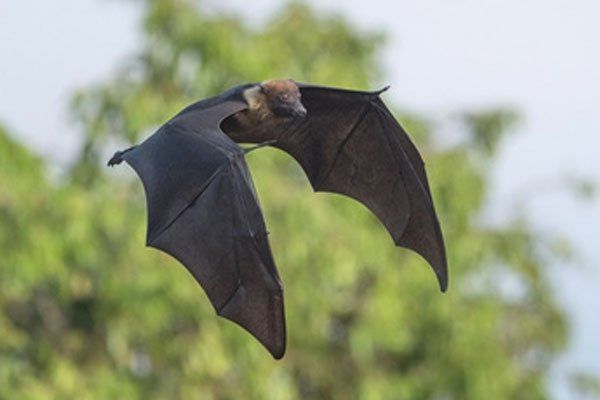
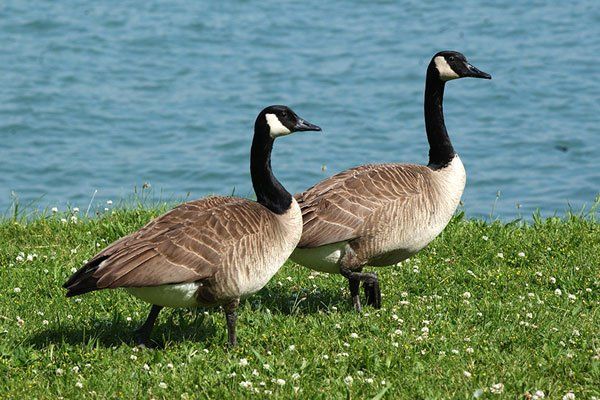
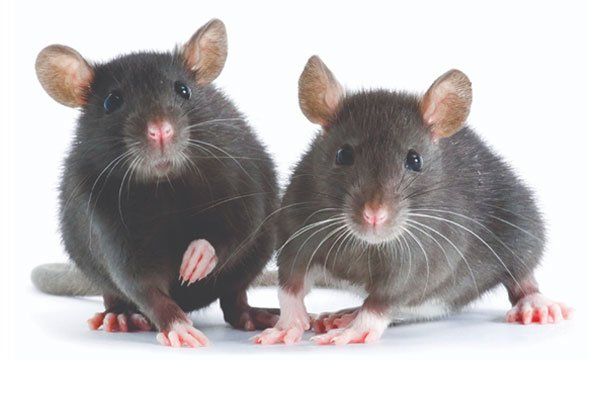
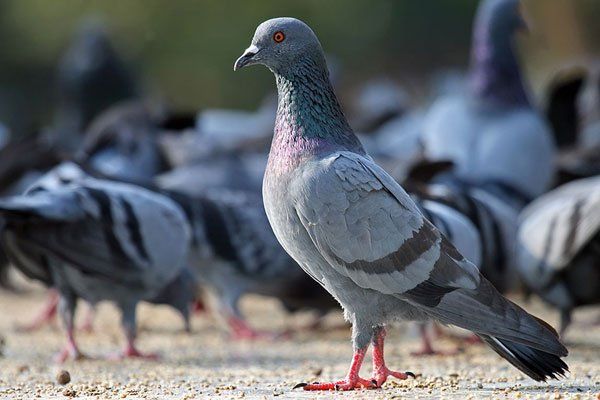
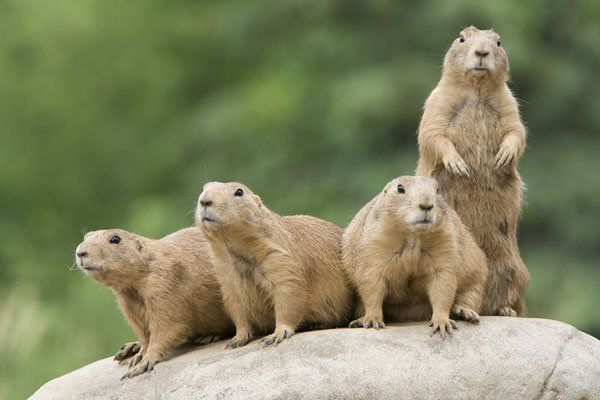
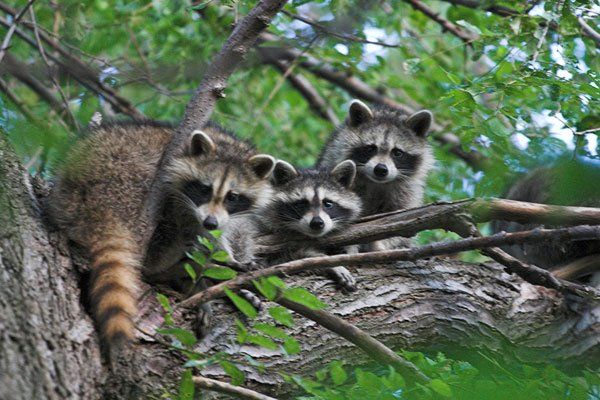
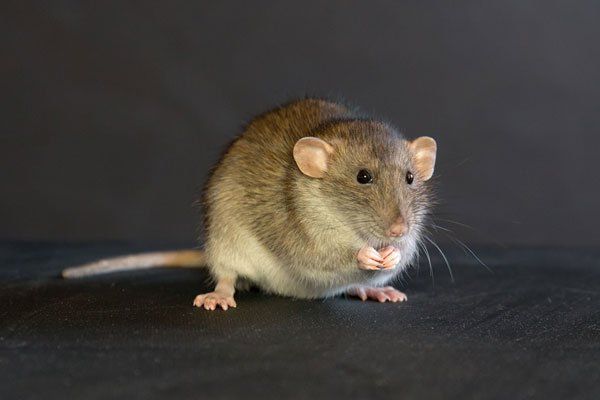
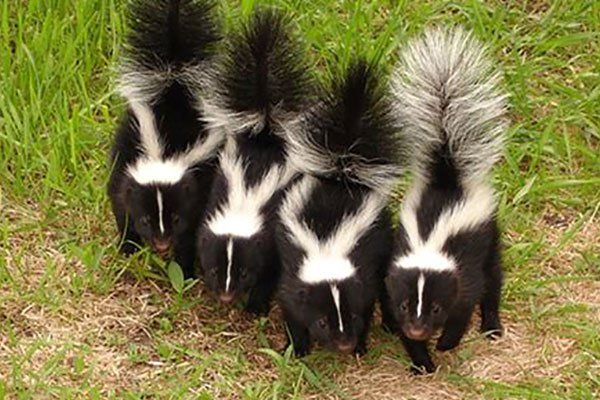
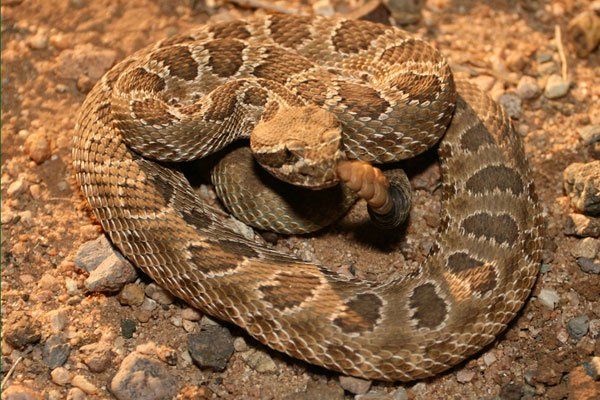
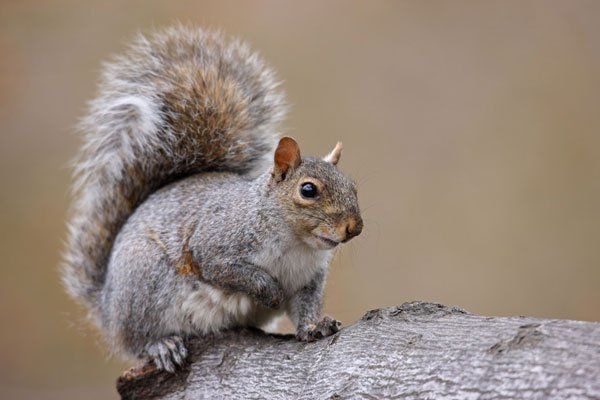
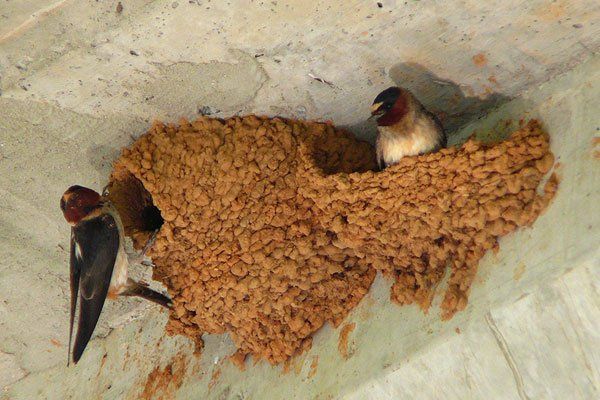
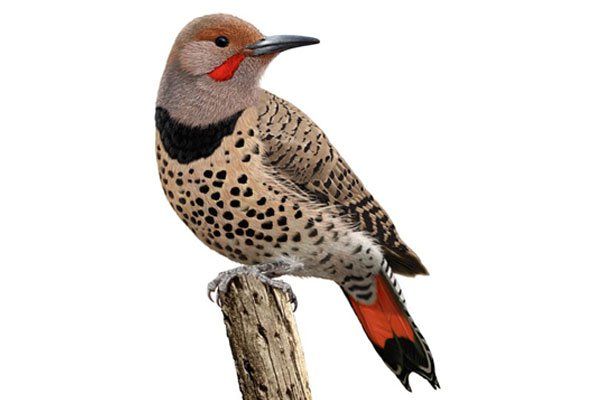
Share On: